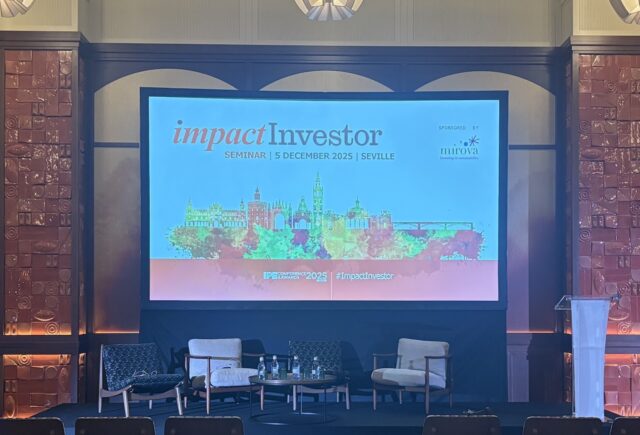Brussels has big plans for how to make the EU’s steel industry (almost) emission free. “There is a great surge to make hydrogen fuel take off,” said Carole Ferguson of Industry Tracker.

Transforming the steel industry from a coal to hydrogen business is a cumbersome but attractive challenge if Europe is to reach its goal to be climate-neutral by 2050.
Existing steel factories need to set more ambitious targets if they are to reach the Union’s plans, according to a report published by Industry Tracker today. The report has the subheading: are European steel companies ready for transition?
“I don’t think they are, actually,” Industry Tracker’s Carole Ferguson said when asked the same question by Impact Investor. “Some companies are more ready than others,” she added.
“Swedish steel producer SSAB leads in our view, they are already producing what they call fossil-free steel. ArcelorMittal comes in second – they are working on very interesting, concrete solutions.”
Nobody is really on track
So who is investing in the shift from grey to green steel? Ferguson said public funding represents almost half (44%) of investments into low or zero CO2 steel projects in the ten companies included in the report. Those steel plants include the continent’s most polluting blast furnaces and correspond to 65% of European steel production.
“EU funding plays a crucial role, there is a great surge to make hydrogen fuel take off. National governments are also keen on contributing to different transition projects connected to existing steel plants,” said Ferguson, naming the Spanish and Swedish governments as two big public investors.
One of the issues with investing in steel plants is that it takes a lot of time and money. Blast furnaces have a life-cycle of up to twenty years. Shutting down prematurely to implement green technology would mean write-offs. That’s why steel makers need to act now if they wish to reach zero emissions by 2050.
According to Ferguson, no European grey steel company is totally on track to manage the transition and reach the EU’s net-zero emission targets by 2050.
Investors want it greener
“That said, European steel manufacturers are ahead of the rest of the world. Partly because of EU regulation – not that it has all been very efficient,” said Ferguson, referring to the abundance of emission rights in the EU emission trade scheme (ETS).
But the upcoming review of the ETS and the drafted carbon border mechanism, also known as the carbon border tax, make investors push for “robust low-carbon transition plans,” according to the report.
On top of this, an increasing flow of grants from governments and Brussels such as the Green Deal will serve as a de-risking buffer for green steel impact investors, Carole Ferguson argued.






